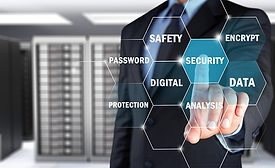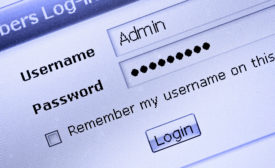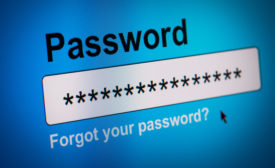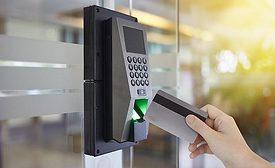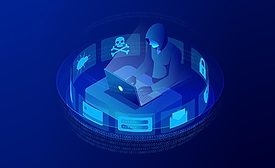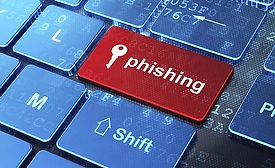Cybersecurity News
How to Protect Your Access Control System Against Cybercrime
Responding to the Evolving Threat Landscape
December 11, 2018
Human Error, We Meet Again
Are Employees the Weakest Link in the Fight Against Cyber Vulnerabilities?
December 6, 2018
Sign-up to receive top management & result-driven techniques in the industry.
Join over 20,000+ industry leaders who receive our premium content.
SIGN UP TODAY!Copyright ©2024. All Rights Reserved BNP Media.
Design, CMS, Hosting & Web Development :: ePublishing

